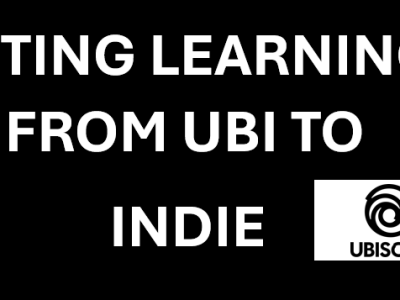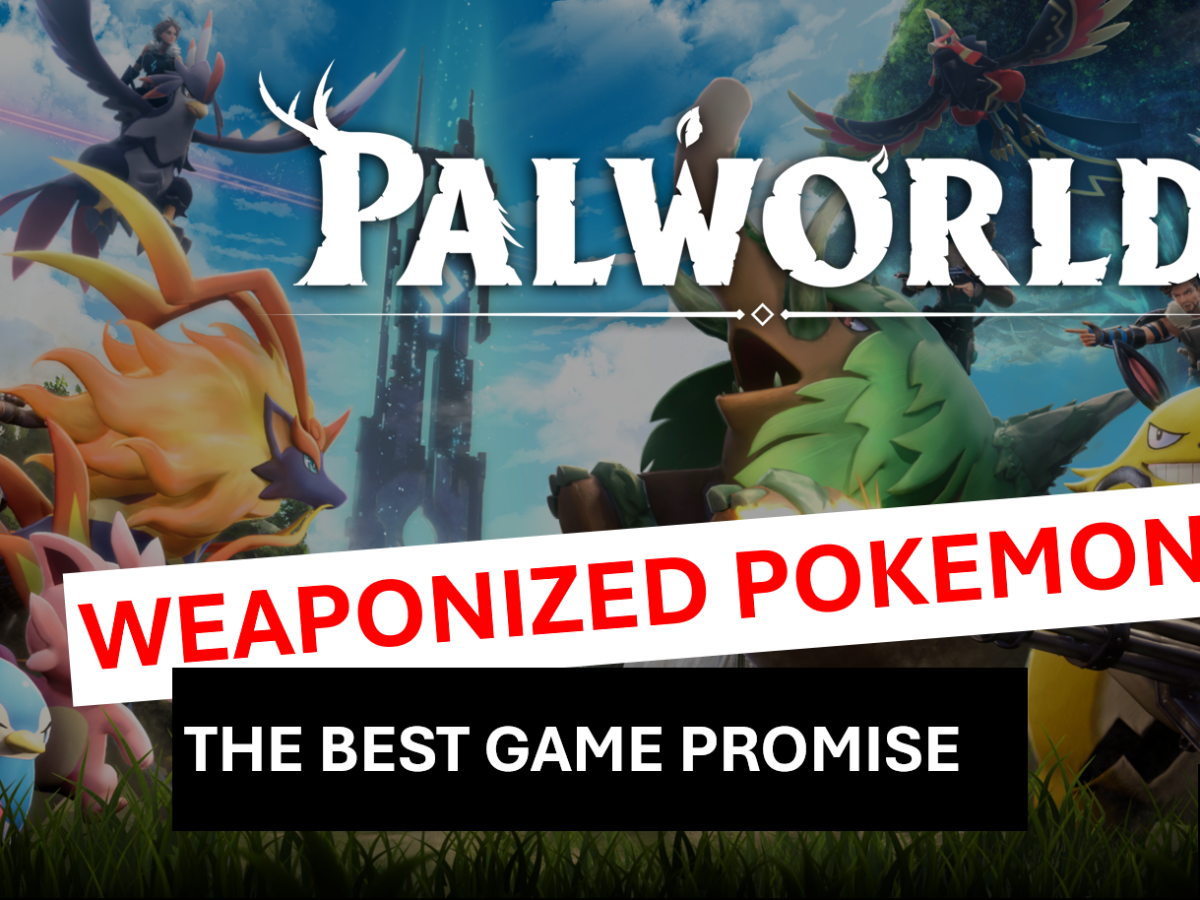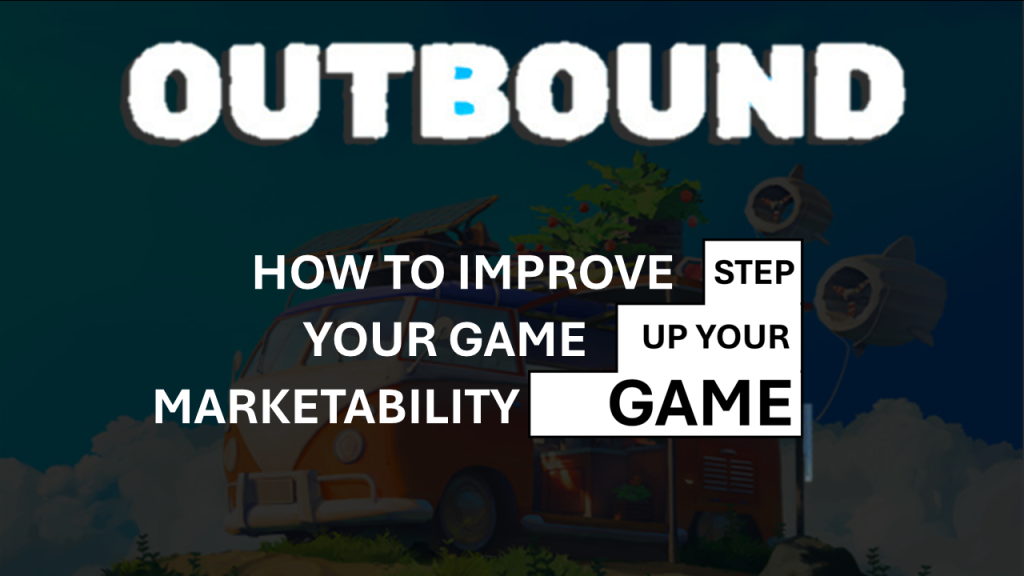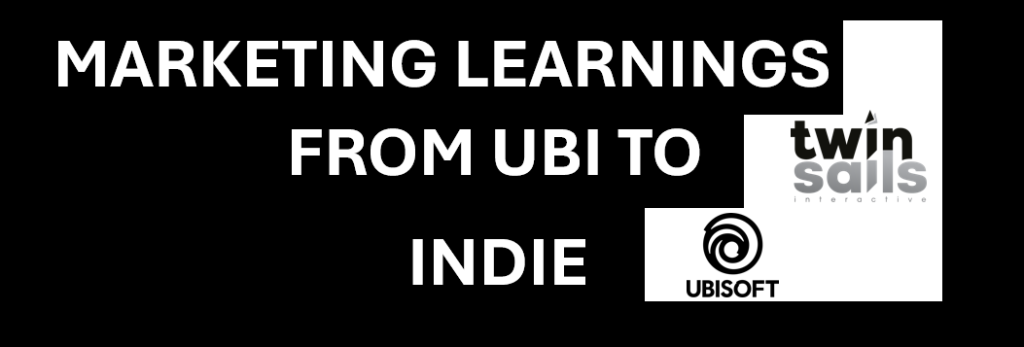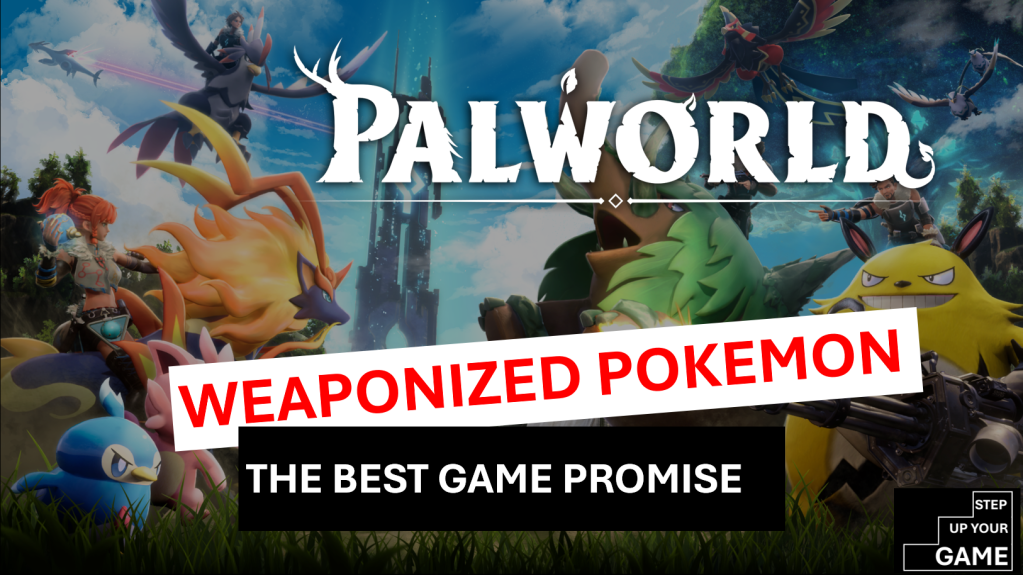


Games with a very strong marketability.
Seeing the recent successful announcements from Outbound and Kingmakers I recognize they’ve hit upon something close to my heart: marketability.
Marketability is a key factor of success and I often see studios who are lagging in marketing because they haven’t focus enough on marketability.
Marketability is the next step in marketing your game and ultimately it’s what I want readers to learn from my blog.
Here is the testimony from Square Glade Games about how they prioritze working on the game’s marketability with prototyping, decyphering their audience needs and describing their successful marketing plan.
In this article, you’ll find ways to improve the marketability of your game and what tools you can use.
STEP 1: FIND YOUR PLAYERS NEEDS
Forget, for now, about the classic media and marketing approach of looking at the demographic and the games played by your audience.
With a marketability approach, you’re aiming to understand why they play games and how they find enjoyment in them.
It’s no surprise I’ve started the blog with the Players Experience Needs system which was created to help measure “fun” in games thanks to universal players’ needs. It’s tremendously helpful in knowing where to focus your development to improve the marketability of your game.
Instead of solely focusing on your direct competition in games, identify the common needs among your players and how to fulfill them.
On my previous work on a tycoon game instead of focusing solely on our tycoon competitors we considered the Strategy players as a whole. They prefer challenges and freedom of choice, so we refocused on elements that will cater to those needs, namely showcasing the influence players will have as a publisher in the full game.
The video game market is very crowded, but somehow successful indie games find their “niche”. A place where they can stand out within the competition or, even better have no competition.
Loop Hero created its niche by combining key elements from other games like rogue-like and deck-building but there are no other games quite like Loop Hero.
Having a unique game is tougher to market but it’s an opportunity to captivate a distinct audience that finds their players’ needs satisfied.
Loop Hero – Four Quarters – Devolver Digital

STEP 2: KEEP YOUR GAME PROMISE SIMPLE!
You often have only one shot to make your audience remember your game. Show your game promise as soon as possible and make it stick with all your marketing assets (Key art, trailers).

Kingmakers is a Third Person Shooter with strategy elements but ultimately the hook is about wielding AK-47s in medieval times.
It’s a very strong hook that resonated with a large audience if you consider they reached hundreds of thousands of wishlists just at the announcement.
Kingmakers – Redemption Road – tinyBuild
I admire how Outbound developers started with prototyping and decided to get rid of having additional trailers as it would be like a train. It would have been way more complicated to sell the game promise that way.
Outbound is an Open World survival craft game but it will likely be remembered as the “game with the van”.
Its distinctiveness sets it apart; I can’t think of any other games quite like it. Thanks to it they were able to reach an audience that didn’t even know they wanted a cozy Open World Survival Craft with a van.
Outbound – Square Glade Games

A key addition to this is not necessarily what makes your game different from the others in your genre – Open World survival craft – but what makes you distinctive (read my article on Palworld “Pokemon with guns” or “the game with the van”).
So reconsider what makes your game stand out from the hundreds in your category.


- Balatro is a deck-building roguelike with poker rules and a strong visual hook.
- While Deep Rock Galatic Survivor takes everything from its genre adding the Deep Rock Galatic game elements.
Those two games belong to a highly competitive and crowded genre yet they are very successfull.
While they are undoubtedly high-quality games with a strong level of polish what makes them attractive is their distinctiveness.
Checking SteamDB for the most popular games, in your genre, and identifying what makes them distinctive is a good starting point for analyzing your competitors.
Ultimately, this will help you find what makes you distinctive!
STEP 3: CREATE YOUR GAME STATEMENT.
Discovering the concept of the game statement (full article here) from Joe Chetcuti, now Creative Director at Creative Assembly, marked a pivotal moment in my career, shifting my focus from a brand standpoint to a more product-oriented perspective.
The game statement is about showing the essence of your game concisely and compellingly.
It’s about distilling the core elements, unique features, and player experience into a clear and memorable statement. Ultimately you need to focus on what will resonate with your target audience.
Then it will help you create your game’s promise.
Consider the key aspects that make your game special, the emotions you want to evoke in players, and the game promise you aim to deliver.
- THIS GAME IS – what the game does
- FOR – description of your audience
- WHO WANT – player motivations and needs
- WE – highlight where you win. “We are a compelling game because….”
- THAT – the benefit of playing and experiencing your game, the ‘value’ provided
- UNLIKE – overt differentiation from competition
- BECAUSE – statement emphasizing your vision
Indeed, crafting a compelling game statement is a challenging exercise that requires you to critically examine what your game is truly about and how it distinguishes itself from competitors, what sets it apart from others in the market.
Quick tip: Use the Reversal approach to challenge your statements.
Take elements from your game and reverse them, if they are not unique that way, you need to find better ones. This will improve the uniqueness of your game statement.
For instance:
- “A rich and exciting gameplay” / “A poor and unexciting gameplay”. “Rich and exciting gameplay” is too generic to be a good fit in your game statement.
- “A medieval fantasy RPG” or “an RPG based on real life”. Both work well and describe something unique. That’s good!
By defining your game statement, you provide a guiding beacon for your development team, marketing efforts, and community engagement. It serves as a rallying point, aligning everyone involved in the project toward a unified game vision.
Thanks a lot for the read, I’ll be out for a month, join my Discord to chat about your question on marketability and game statement.
Matthieu
